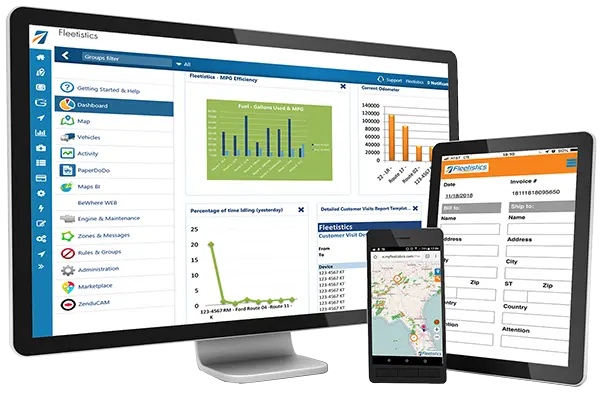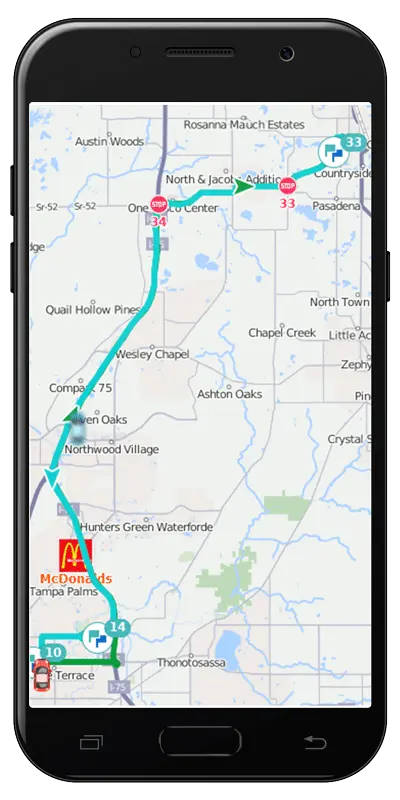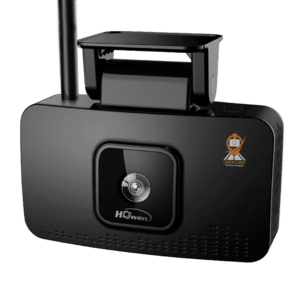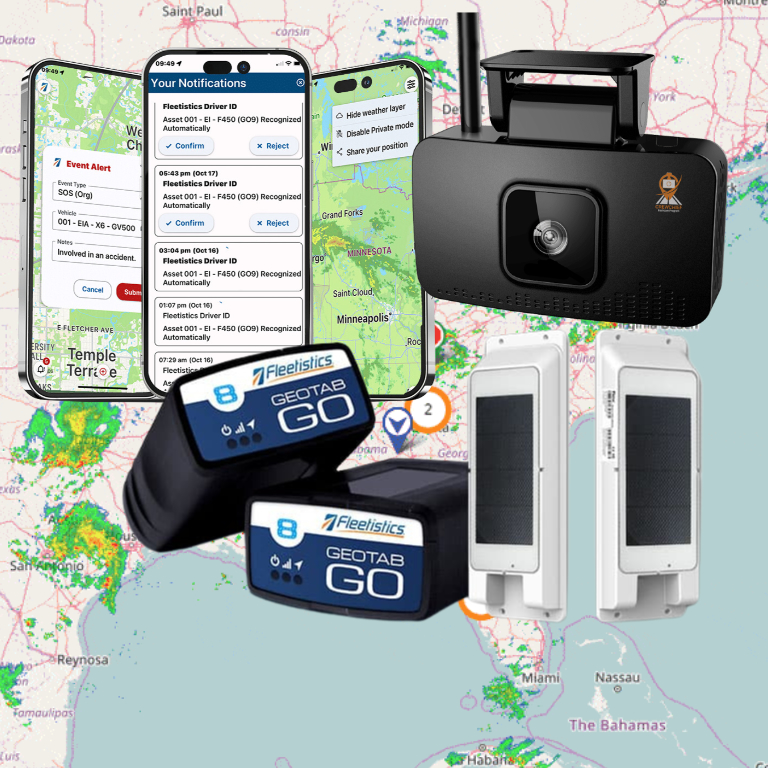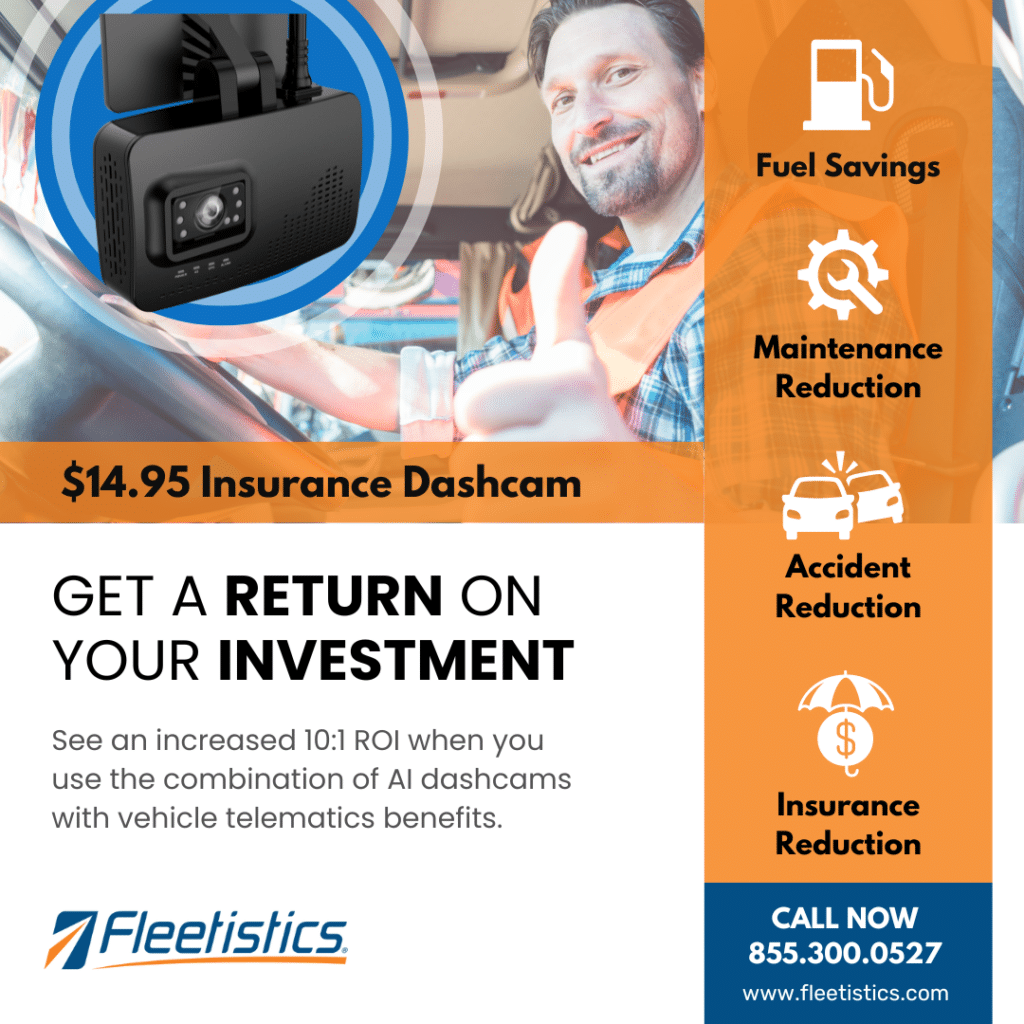Recognizing Driver Fatigue
Acknowledging and preventing, ultimately recognizing driver fatigue is one sure way to prevent avoidable collisions and injuries. A shocking new study by AAA Foundation for Traffic Safety shows most drowsy drivers don’t even realize they are drowsy to the point of impairment.
The study used a driving simulation designed to induce drowsiness and observed what factors influence a drowsy drivers decisions regarding whether to take breaks during long drives. They found that a driver’s self-assessment of their level of drowsiness was often not in alignment with more objective measurements of eyelid closures. You can read the full report on the foundation website.
To simplify the findings, drivers often are either unaware of how drowsy they are or unwilling to admit it and pull over. So how can fleet managers proactively address recognizing driver fatigue and the potential liability? We see the solution as a combination of technology and humanity.

Humanity
On the human side, make sure scheduling expectations are reasonable. Take an interest in the drivers you manage. If you know a driver is going through a rough life event, keep an eye out for signs that driver may not be getting the rest they need. Offer time off, lighter duty schedule, or temporary change in position while they work through it.
Another issue that can manifest as driver fatigue may be sleep disorders that the driver is unaware of such as sleep drunkenness or sleep apnea. If you suspect an underlying issue, encourage the employee to see a physician and seek treatment. It’s up to fleet management to pay attention to whether or not drivers are paying attention to ensure that every driver comes back safe every day.
Your Driver Fatigue Action Plan
If you discover a driver is fatigued, what do you do? Do you have the authority to cancel a delivery, reschedule a route, or pay overtime to those covering the route? These are serious questions which need to be answered before the pressure of daily operations takes over. You will need members from various teams to participate in the process including management, sales, legal, operations, and HR.
In larger organizations you may need to include warehouse, sales and other departments which might be impacted by route changes. Managers need to be recognizing driver fatigue and know what they can and should do to control the risk. Drivers should know and understand the consequences of driving impaired by drugs or fatigue.
Technology Aids
In cab facing AI cameras are designed to capture and report facial movements that would indicate drowsiness as well as cell phone usage and aggressive actions. Forward facing AI cameras will spot lane drift, another sign of drowsiness. Some will even give the driver an audible alert. Preventing an accident is the name of the game. When a dashcam reports multiple fatigue events, a dispatcher can screen the driver and alert management if there is a concern.

Alternately, more affordable camera systems without AI, can be useful to spot check for driver alertness and video can be invaluable in the event of a collision that is not the fault of the driver.
Driver safety scorecards are another good tool, but these are predictors based on past performance. A scorecard will not tell you how a person feels today, just that they are inclined to be a higher risk. Harsh braking and hard turns can be signs of inattention.
All in all, monitoring driver safety and keeping an active safety conversation going will help management identify at risk drivers and take appropriate steps to educate and improve or take them out of your company vehicles. Weekly safety meetings are a way to maintain awareness but can also be a time to see who is falling asleep or appears sleepy.








